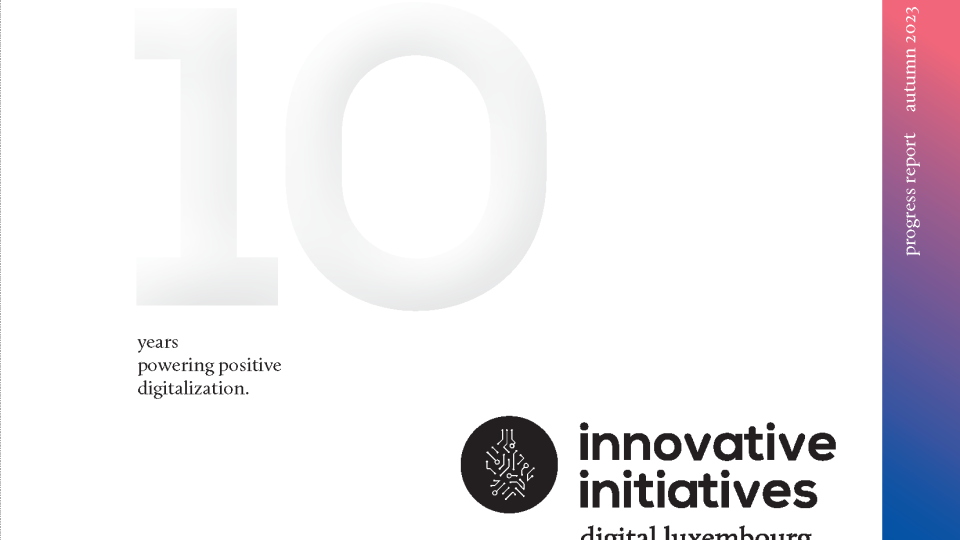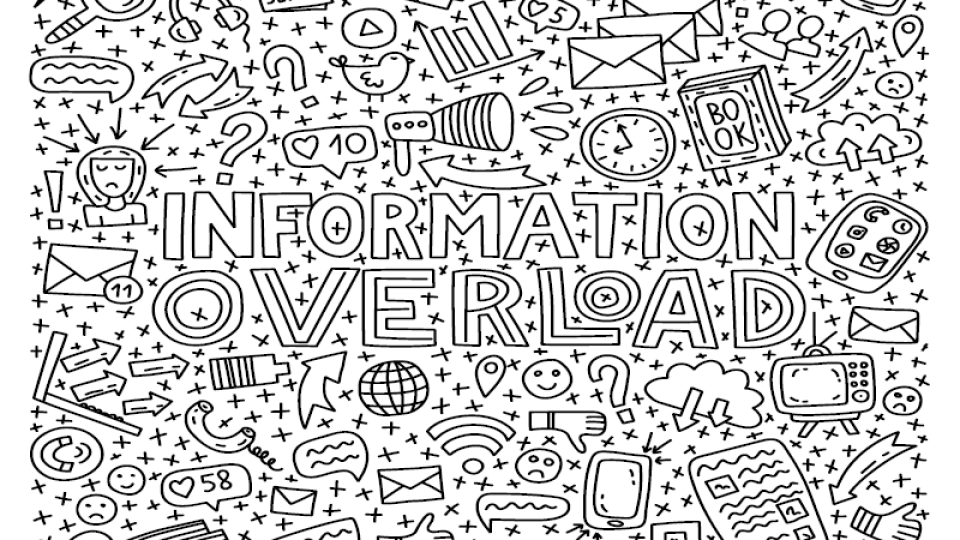Machine learning means learning from data, and just as humans learn from past experiences, machines learn from previous data.
Technically speaking, it is the use of artificial intelligence to enable machines to learn automatically and autonomously.
We humans are, in essence, no longer needed to teach computers. Instead, we create systems that enable them to learn by themselves. Rather than follow rigid, static instructions, computers now make data-driven predictions and decisions.
Let’s say you provide a computer with a series of photographs labeled either “this is an elephant” or “this is not an elephant.” When you present the computer with a fresh batch of photos, it will be able to identify which are of elephants.
The more images they identify (correctly or incorrectly), the more they learn, the “smarter” they become and the faster they work.
Depending on the algorithm and its ultimate objective, you can choose from supervised learning, unsupervised learning and reinforcement learning.
Machines are learning all around us all day: analyzing test results and making medical diagnoses in the health sector, scanning the internet for flight deals, detecting fraud or creating a personalized weekly Spotify playlist.
In what everyday situations do you benefit from machine learning?







